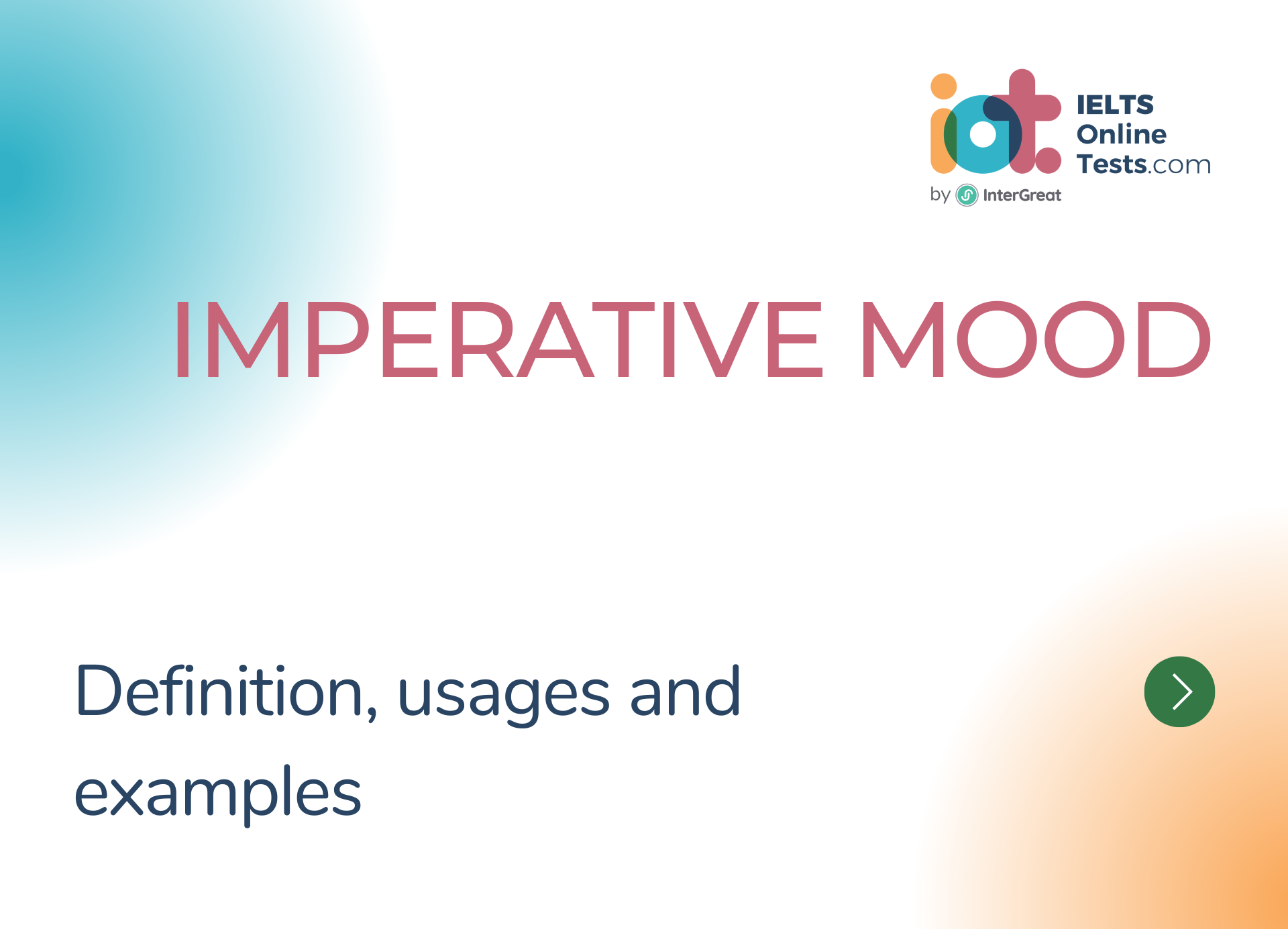
Moods of Verbs - Imperative Mood
The imperative mood is used to express commands, requests, or instructions. It is commonly used to give direct orders, make requests, or offer advice.
Here are some key points about the imperative mood:
Commands: The imperative mood is used to give direct commands or orders.
- Example: "Close the window."
- The subject (you) is often understood, and the verb is used in its base form without any personal pronoun.
Requests: The imperative mood is used to make polite requests or ask someone to do something.
- Example: "Please pass me the salt."
- The imperative can be made more polite by adding "please" or other polite expressions.
Instructions: The imperative mood is used to provide instructions or guidance.
- Example: "Mix the ingredients in a bowl."
- Imperative sentences can provide step-by-step directions or indicate how to perform a specific action.
Prohibitions: The imperative mood is also used to express prohibitions or give negative commands.
- Example: "Don't touch that!"
- Negative imperatives often begin with "don't" or "do not" followed by the base form of the verb.
Verb Forms: In the imperative mood, verbs are used in their base form (infinitive) without any added markers.
- Example: "Sit down." "Speak clearly."
- Unlike other moods, the imperative mood does not have tense distinctions.
The imperative mood is used to communicate directly and express commands, requests, or instructions. It is important to consider politeness and context when using the imperative mood. Adding "please" or using a more polite tone can make requests more courteous. Understanding the imperative mood allows you to give clear instructions, make requests effectively, and communicate your needs or desires.




